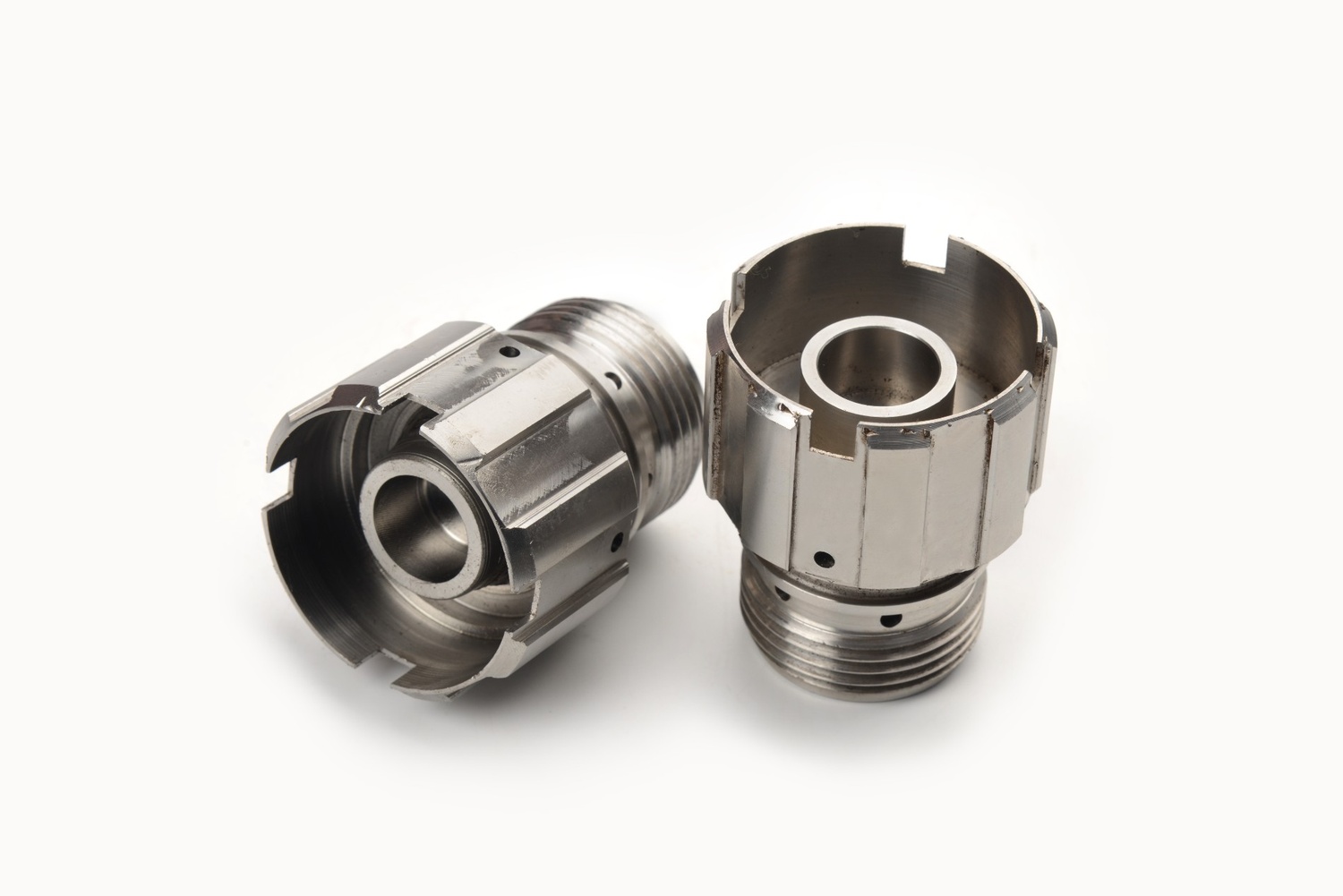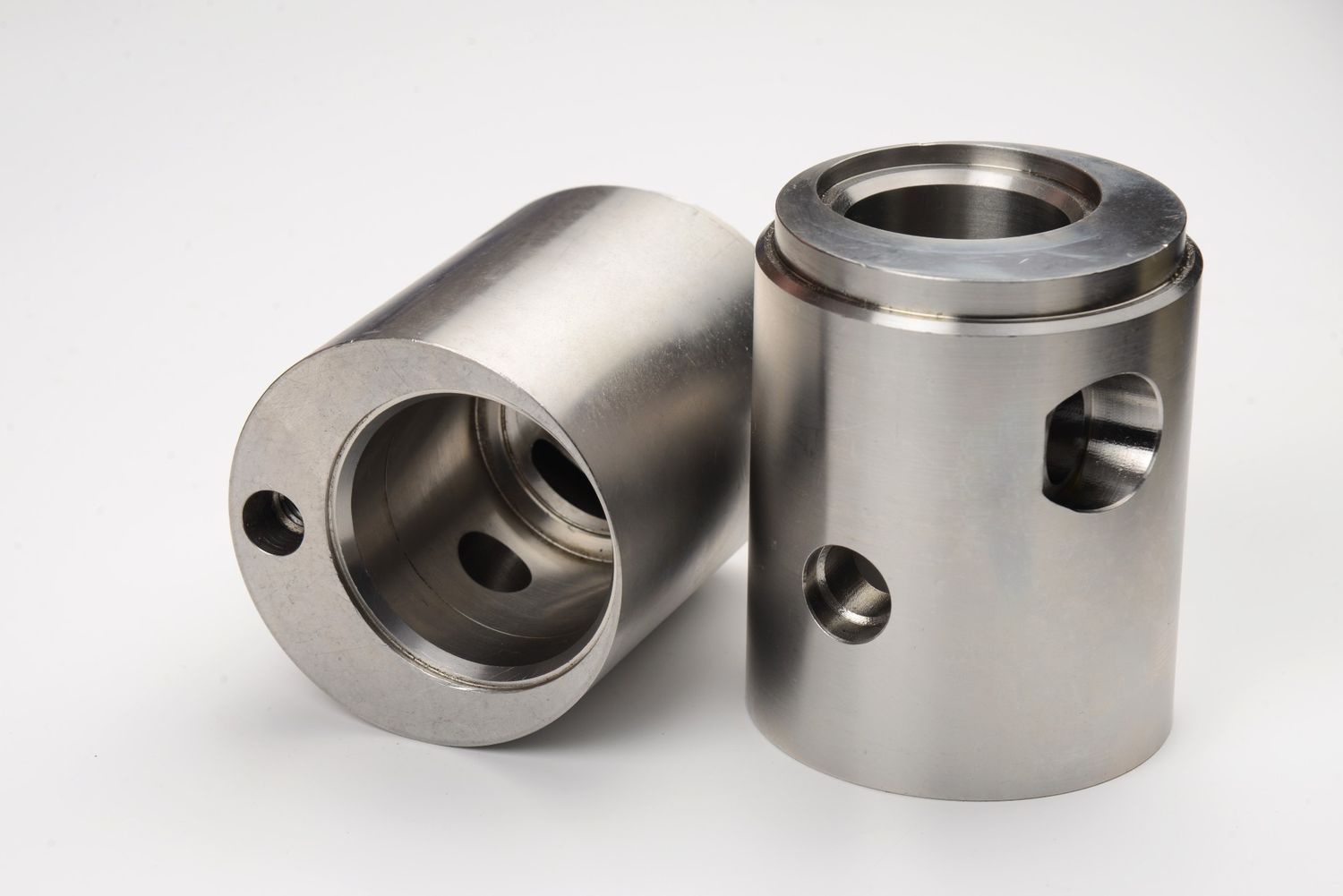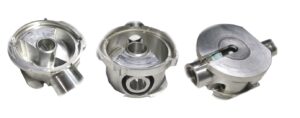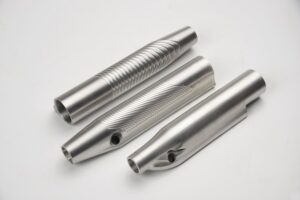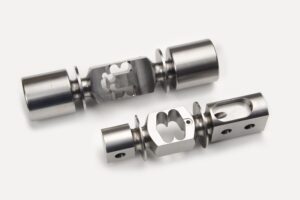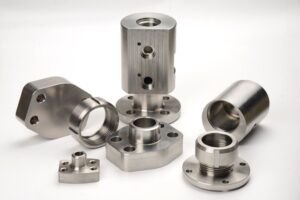Description
Here are key aspects related to machining parts for the oil and gas industries:
- Materials:
Components in the oil and gas industries are often made from corrosion-resistant materials such as stainless steel, alloys, and specialized materials designed to withstand harsh environments. The material selection depends on factors like corrosion resistance, strength, and the specific conditions the components will be exposed to. - Precision Machining:
Precision is crucial in the production of oil and gas industry components to ensure reliable performance and safety. CNC machining is commonly used for precision machining, allowing for tight tolerances and high accuracy. This is important for components like valves, pumps, and drilling equipment. - Durability and Corrosion Resistance:
Components in the oil and gas industries must be highly durable and resistant to corrosion due to exposure to aggressive substances. Machining processes may include the use of special materials, coatings, or heat treatments to enhance durability and corrosion resistance. - High-Pressure Environments:
Many components in the oil and gas industries operate under high-pressure conditions. Machining must be done to ensure the structural integrity and reliability of components such as wellhead equipment, valves, and piping systems. - Complex Geometries:
Oil and gas industry components often have complex shapes and intricate geometries. Machining techniques, including multi-axis machining and precision milling, are employed to produce components with complex features, such as turbine blades, drill bits, and casing components. - Heat Resistant Components:
Some components in the oil and gas industries are exposed to high temperatures. Machining processes may include the use of heat-resistant materials and techniques to ensure the integrity of components used in high-temperature environments. - Large-Scale Components:
Some oil and gas industry components, such as pipeline sections and drilling equipment, can be large in scale. Machining processes must be adapted to handle the production of these large-scale components efficiently. - Quality Control:
Rigorous quality control measures are implemented throughout the machining process to ensure that oil and gas industry components meet stringent industry standards. Inspection processes may include dimensional checks, material testing, and non-destructive testing. - Regulatory Compliance:
Components used in the oil and gas industries must comply with industry regulations and safety standards. Compliance with standards set by organizations such as the American Petroleum Institute (API) ensures the safety and reliability of components.
Examples of oil and gas industry components that may undergo machining include wellhead equipment, valves, pumps, drill bits, casing components, pipelines, and various structural and mechanical elements used in exploration, extraction, and refining processes.
In summary, machining plays a critical role in the oil and gas industries, where precision, durability, and compliance with safety and regulatory standards are paramount. Advanced machining technologies and stringent quality control measures are employed to meet the specific requirements of the oil and gas sector.





